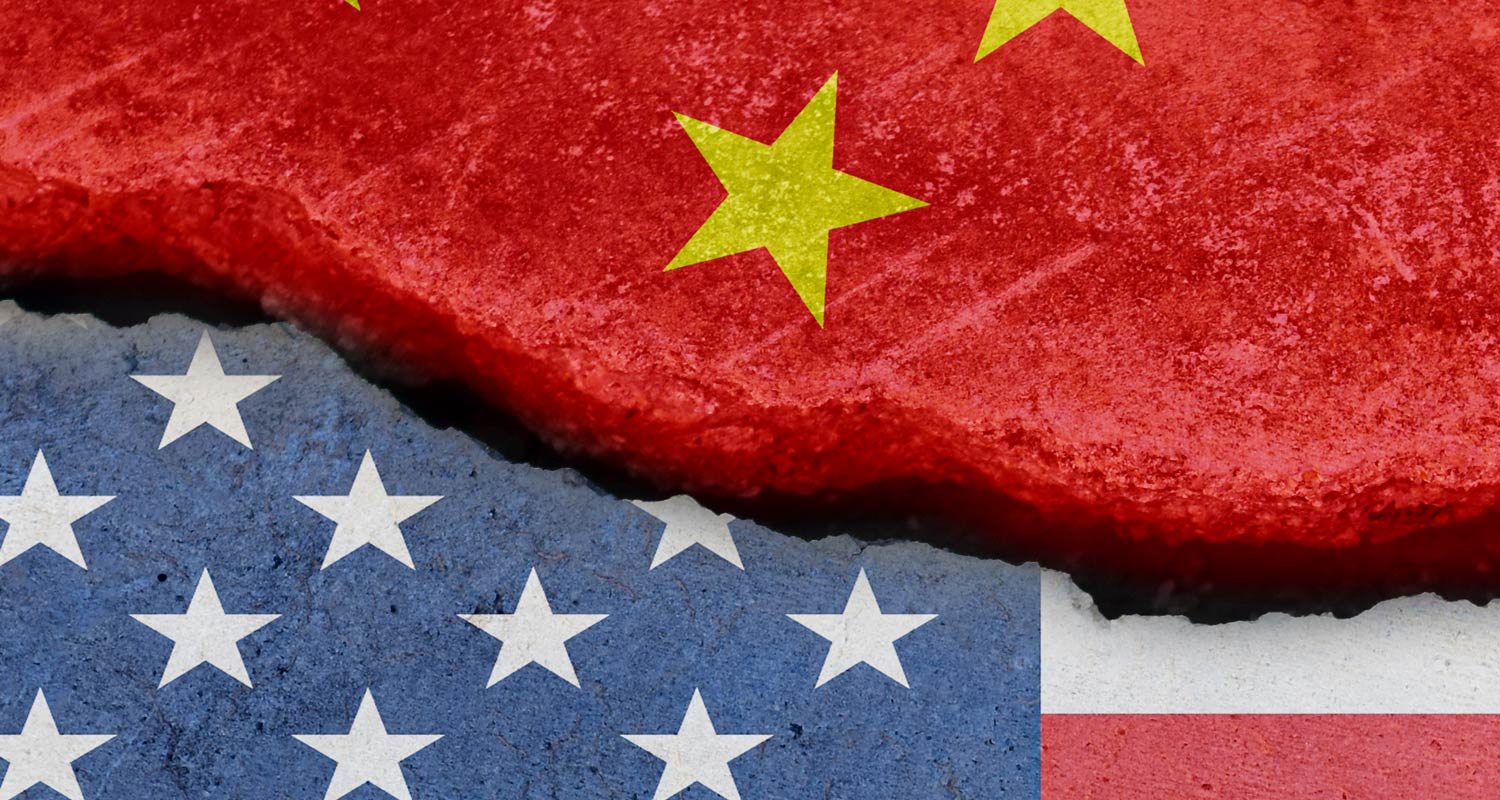 In trying to block China’s climb up the ladder of technological sophistication, the US may inadvertently be giving its rival a hand up.
In trying to block China’s climb up the ladder of technological sophistication, the US may inadvertently be giving its rival a hand up.
Consider a speech made by Premier Li Qiang at last week’s World Economic Forum in the port city of Dalian east of Beijing.
“We need to confront the growth predicament of the world economy,” he said, citing the International Monetary Fund’s forecast that global output is heading toward its slowest growth pace in decades. China’s own deceleration may be one of the biggest contributing factors to this shift: the IMF’s predictions show almost all of the slowdown happening in emerging markets rather than rich countries.
What’s significant is the solution Li pitched. The current malaise appears to come from the waning of the third Industrial Revolution in IT, he argued, making it all the more urgent that the world lean into clean energy, artificial intelligence and biotech to spark a fourth one.
That prescription is on a collision course with the technological trade war over semiconductors, solar panels, electric vehicles and lithium-ion batteries that’s currently brewing between the US and China. The more that Washington tries to slow down China’s technological advances, the harder China is likely to push to move forward.
We’re already seeing real-world policy implications. Asked afterwards what measures the government was taking to address the slowdown, he pointed to “cash-for-clunkers” plans to upgrade old equipment and machinery, as well as China’s lavish incentives for research and development spending.
Significant
This investment is genuine and significant. The C¥500-billion (R1.3-trillion) facility that the People’s Bank of China established in April to encourage lenders to make more loans to upgrade equipment, on top of an identical C¥200-billion facility in 2022, leave that programme not much smaller than what the PBOC has dedicated to bailing out the housing market, which currently amounts to about C¥1.08-trillion.
Since last year, companies that invest in research and development can also deduct twice the sum they spent from their tax bills, a potent incentive. R&D spending rose 8.1% in 2023, accounting for about 2.6% of GDP, according to government statistics.
Read next: In China, Huawei is giving Nvidia a run for its money
Despite all this backing, China is still firmly in second place. Its C¥3.3-trillion of R&D last year was not much more than half the US$885.6-billion that came out of the US in 2022, the latest year for which data is available. That ratio has held pretty constant for several years. Given the support for R&D in the Inflation Reduction Act, it’s possible that America’s lead over China is, if anything, widening.
What’s clear, however, is that China is now able to get a phenomenal bang for its buck with this spending. At the same Dalian conference, Contemporary Amperex Technology founder Zeng Yuqun was boasting of upcoming products from the world’s biggest maker of lithium-ion batteries. These include a pack that could move a car 600km and be charged in 10 minutes, made without costly nickel and cobalt; another that holds about twice as much energy into each kilogram as conventional cells, and could potentially be used for small aircraft; and one based on abundant sodium rather than relatively scarce lithium.
 Visiting China and the US recently for the first time in five years, I found it hard to miss the technological advances that have been made. EVs appear to be as common in second-tier cities such as Dalian and Chengdu as they are in first-tier Shanghai. Even petrol-powered vehicles often seem futuristic in terms of designs and interiors, thanks to a car fleet that has still been growing, and so is less than half as old as those in the US and Europe. China may not quite have made it to the World Bank’s club of high-income countries yet, but it’s clear that it’s barely a sliver away.
Visiting China and the US recently for the first time in five years, I found it hard to miss the technological advances that have been made. EVs appear to be as common in second-tier cities such as Dalian and Chengdu as they are in first-tier Shanghai. Even petrol-powered vehicles often seem futuristic in terms of designs and interiors, thanks to a car fleet that has still been growing, and so is less than half as old as those in the US and Europe. China may not quite have made it to the World Bank’s club of high-income countries yet, but it’s clear that it’s barely a sliver away.
There are fundamental national security reasons behind Washington’s determination to prevent China from catching up on semiconductors and artificial intelligence. That’s understandable, given the geopolitical tensions between the two nations. But in raising levies against clean technology it’s simply closing the US market to the fruits of the genuine innovation that has taken place.
The economic slowdown and persistent inflation that we are witnessing worldwide is the result of a global economy that’s trading less with itself as tariff barriers rise. That’s not going to halt Beijing’s push for technological advancement. If anything, it’s going to accelerate it. If China’s exports weren’t facing such a difficult environment, the government wouldn’t have to push so hard on investment as an alternative lever of growth.
Put an animal in a tough, hard-to-survive environment, and natural selection will turn it into a ruthless predator. Give it easy circumstances, and it evolves instead into prey. By trying to hamper China’s technological rise, America is only making it more powerful. — David Fickling, (c) 2024 Bloomberg LP




